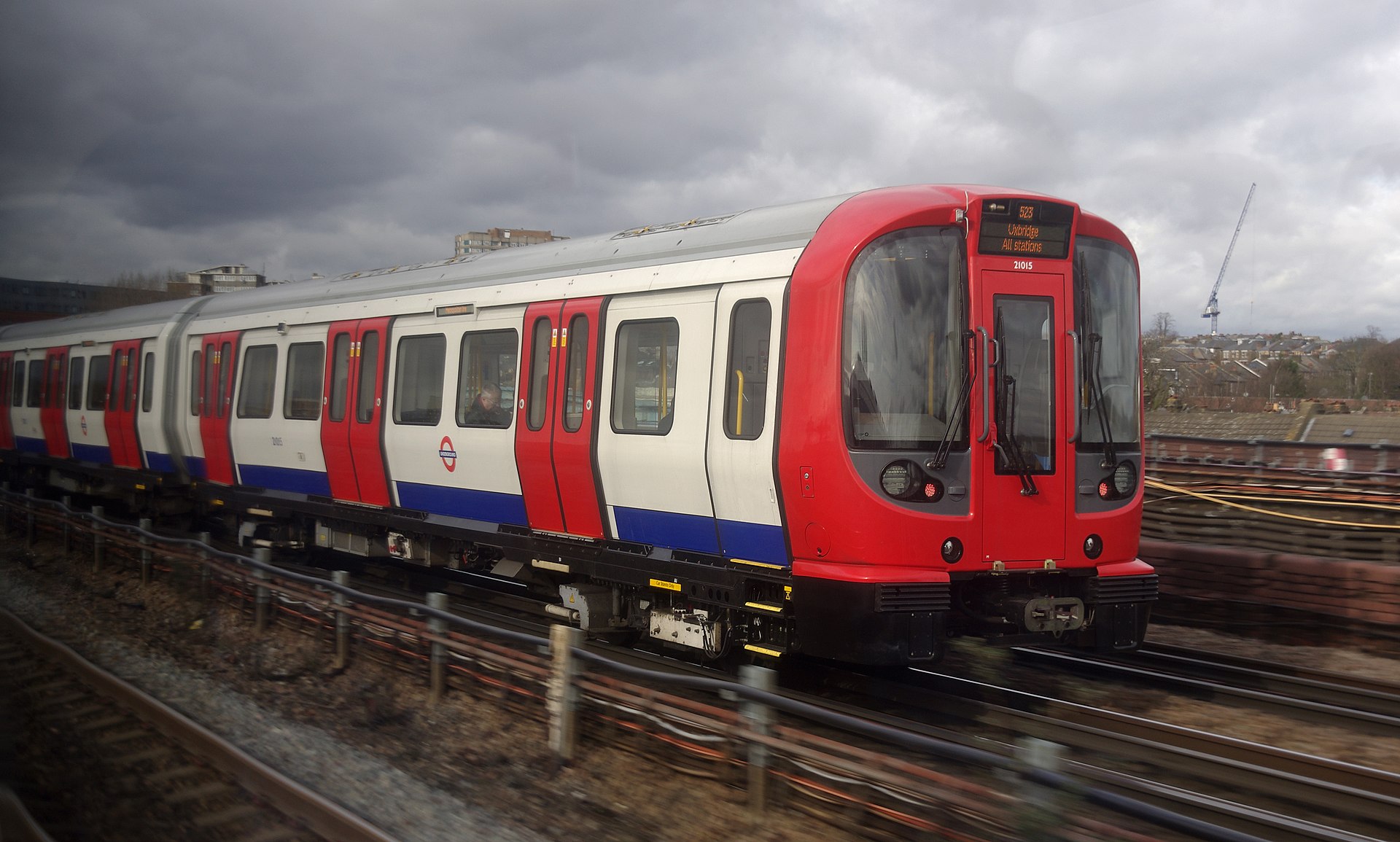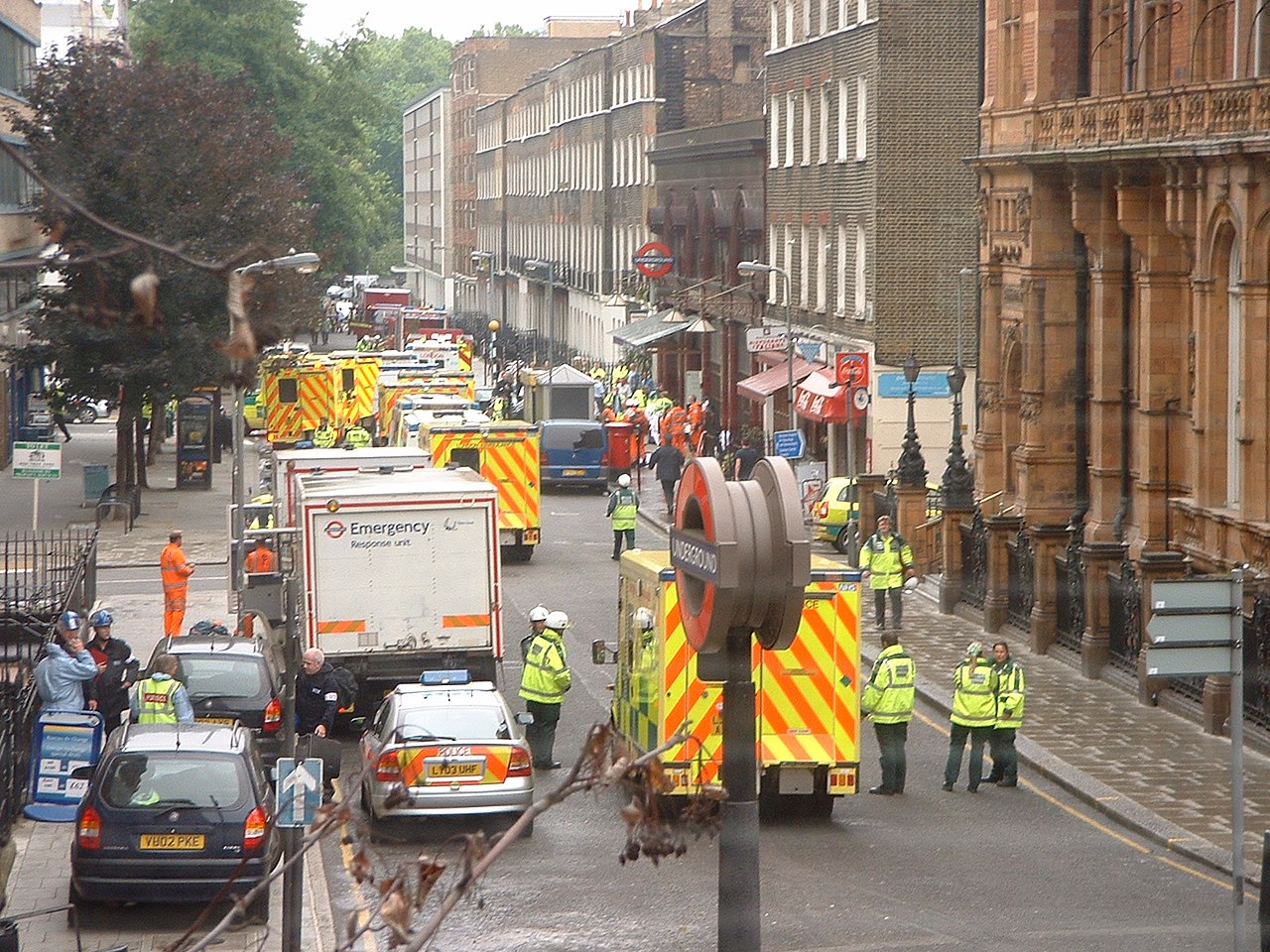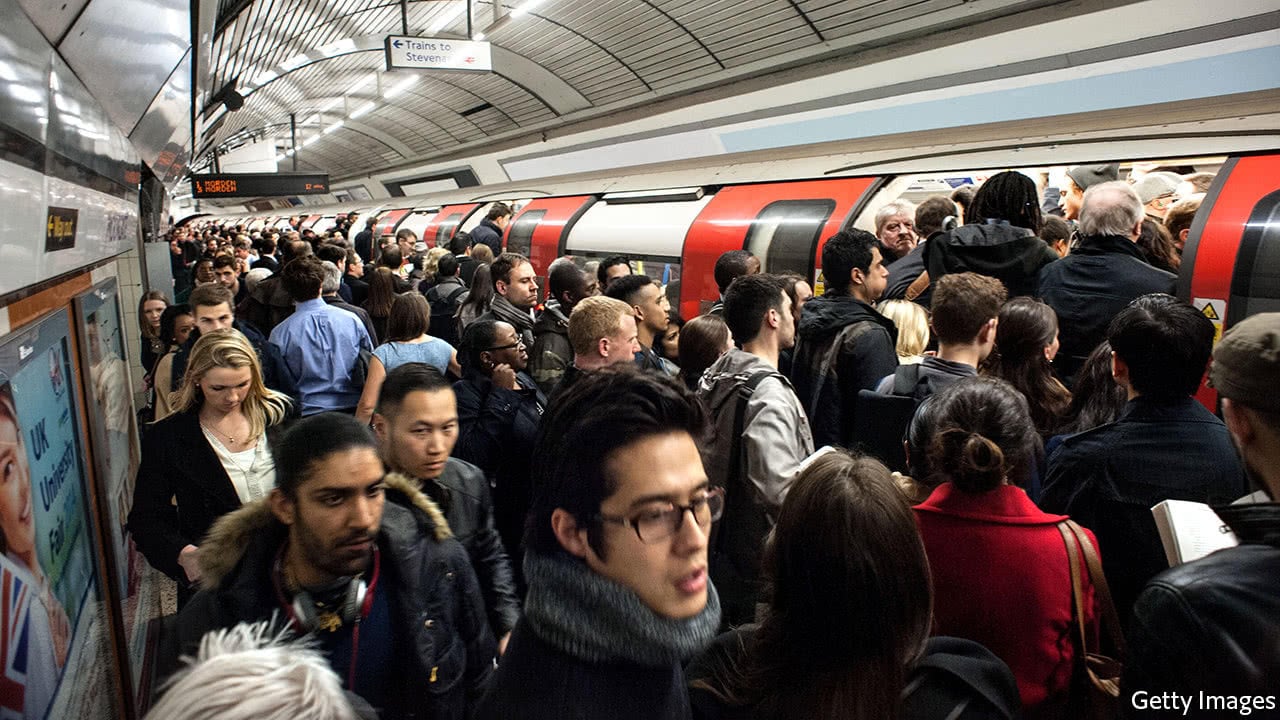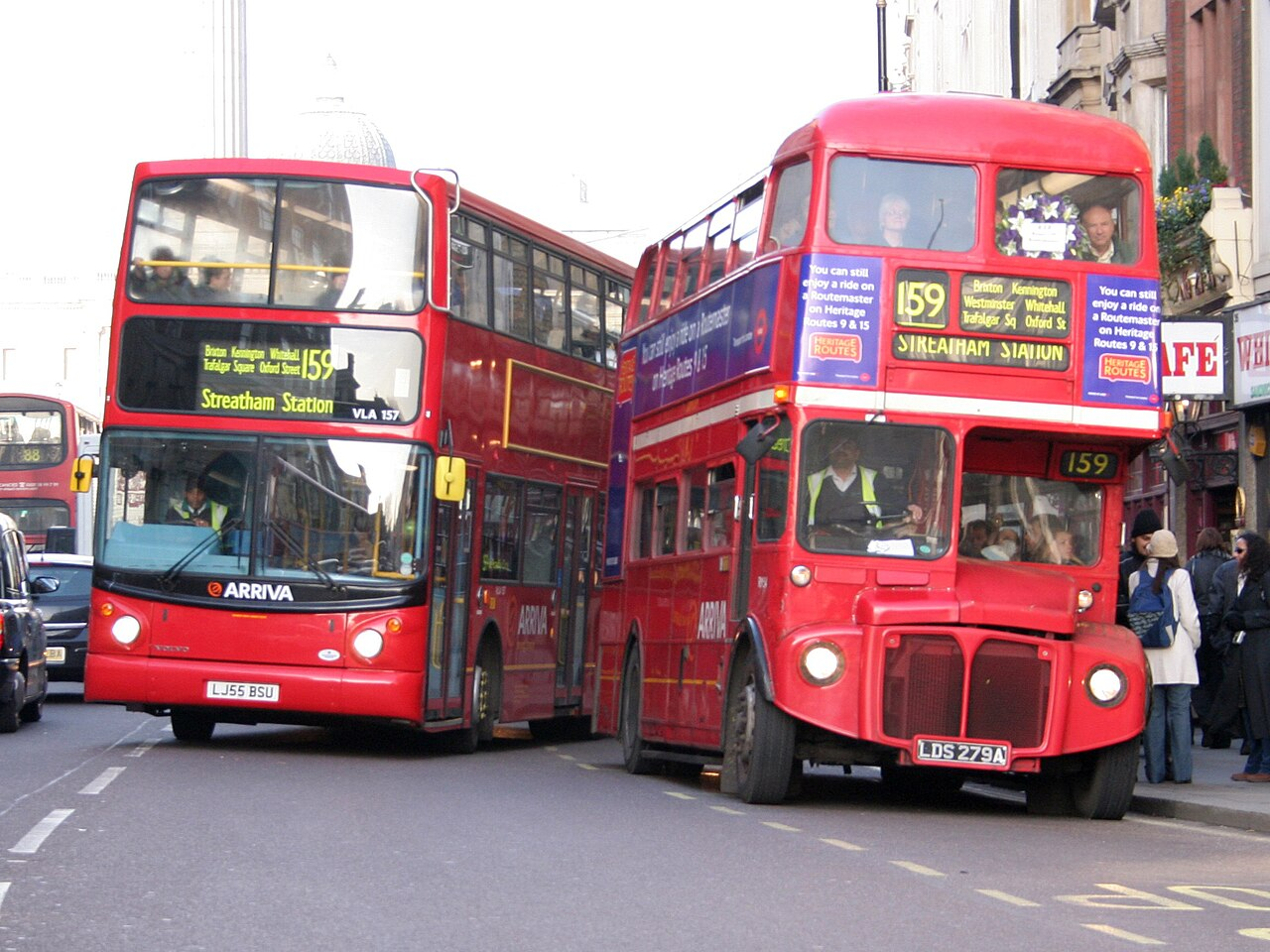


2000—TFL formed under the Greater London Authority Act 1999.
2005 - TFL criticized Metronet for awarding work to its shareholders. House of Commons report questioned PPP value.
2005—July 7 bombings disrupted underground services.
2006—Jubilee line extended with a seventh car on trains.
2007—East London line closed, later managed by TFL. Metronet went into administration, TFL took over.
2008 - TFL acquired Oyster card rights.
2009—Circle line changed to a spiral serving Hammersmith.
2010 - TFL took over Tube Lines, upgrading Jubilee line.
2011—New trains introduced on Victoria line.
2012—Over 4.3 million daily Tube users during the London 2012 Olympics.
2013—New signaling system allowed 33 trains per hour. Celebration of the Tube's 150th anniversary.
2015 - Estimated 4.82 million passengers on some days.
2018 - Sub-surface lines upgraded, new stock, air-conditioning, track, and signaling.
2020—COVID-19 pandemic impacted Tube, reduced services and station closures.
2021—Northern Line extension to Battersea opened.
2022—Elizabeth line opened, increasing capacity and reducing journey times, improved central stations.


2000—Passenger ridership grew by 19%.
2002–393 articulated buses added to the mainstay double-decker fleet, replacing AEC Routemaster buses to meet increased demand.
2003—Ridership levels reached heights unseen since the 1960s.
2006—Low-floor bus fleet introduced, leading to a 40% ridership increase.
2008 - Mayor Boris Johnson committed to a new Routemaster and removing bendy buses.
2009—Bendy buses began to be withdrawn, starting with the Red Arrow fleet.
2010—Design of the New Routemaster unveiled.
2011—Last Red Arrow bus withdrawn.
2012—New Routemaster featured two staircases, three doors, and an open platform.
2016—New Routemaster orders limited after procuring 1000 of planned 2000 fleet.
1990—Emission reduction initiatives, including hybrid and hydrogen fuel cell bus trials.
2006—Introduction of first hybrid buses.
2014 - Battery-operated buses entered service.
2020—New Routemaster buses converted for front-door entry to reduce fare evasion.
2021 - Double-decker hydrogen fuel buses introduced. TFL plans for emission standards, phasing out older buses, introducing hybrid and electric buses.
2022—Privately operated bus company started on tourist-focused heritage route.
2023—London's bus fleet: 8,643 buses, 3,835 hybrids, 950 battery electrics, and 20 hydrogen fuel cell buses.
2024—SL8, X26, X68, X140 joined London Superloop express bus network, offering daily long-distance service with limited stops.
2037—Mayor aims for a zero-emission bus fleet.

